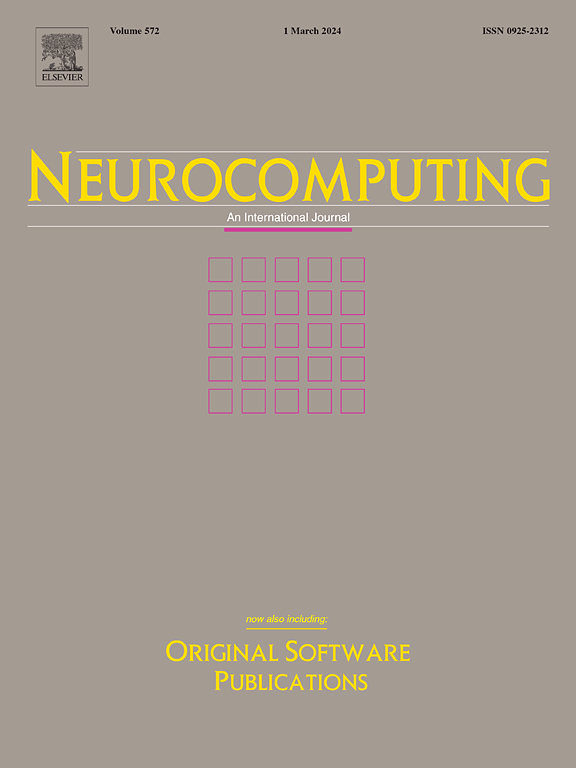GPTGAN: Utilizing the GPT language model and GAN to enhance adversarial text generation
IF 5.5
2区 计算机科学
Q1 COMPUTER SCIENCE, ARTIFICIAL INTELLIGENCE
引用次数: 0
Abstract
Training generative models that can generate high-quality and diverse text remains a significant challenge in the field of natural language generation (NLG). Recently, the emergence of large language models (LLMs) like GPT has enabled the generation of text with remarkable quality and diversity. However, building these models from scratch is both time-consuming and resource-intensive, making their comprehensive training practically unfeasible. Nonetheless, LLMs utility extends to addressing issues in other models. For instance, generative adversarial models often grapple with the well-known problem of mode collapse during training, leading to a trade-off between text quality and diversity. This means that these models tend to favor quality over diversity. In this study, we introduce a novel approach designed to enhance adversarial text generation by striking a balance between the quality and diversity of generated text, leveraging the capabilities of the GPT language model and other LLMs. To achieve this, we propose an enhanced generator that is guided by the GPT model. Essentially, the GPT model functions as a mentor to the generator, influencing its outputs. To achieve this guidance, we employ discriminators of varying scales on both real data and the texts generated by GPT. Experimental results underscore a substantial enhancement in the quality and diversity of outcomes across two benchmark datasets. Also the results demonstrate the generator’s ability to assimilate the output domain of the GPT language model. Furthermore, the proposed model exhibits superior performance in human evaluations when compared to other existing adversarial methods.
GPTGAN:利用GPT语言模型和GAN来增强对抗性文本生成
训练能够生成高质量和多样化文本的生成模型仍然是自然语言生成(NLG)领域的一个重大挑战。最近,像GPT这样的大型语言模型(llm)的出现使得生成具有显著质量和多样性的文本成为可能。然而,从零开始构建这些模型既耗时又耗费资源,因此对其进行全面培训实际上是不可行的。尽管如此,llm的实用程序扩展到解决其他模型中的问题。例如,生成对抗模型经常在训练过程中遇到众所周知的模式崩溃问题,导致在文本质量和多样性之间进行权衡。这意味着这些模型倾向于质量而不是多样性。在这项研究中,我们引入了一种新的方法,旨在通过在生成文本的质量和多样性之间取得平衡来增强对抗性文本生成,利用GPT语言模型和其他法学硕士的能力。为了实现这一目标,我们提出了一个由GPT模型指导的增强型生成器。从本质上讲,GPT模型充当生成器的导师,影响其输出。为了实现这种指导,我们在真实数据和GPT生成的文本上使用了不同尺度的判别器。实验结果强调了两个基准数据集结果的质量和多样性的实质性提高。结果还证明了生成器能够吸收GPT语言模型的输出域。此外,与其他现有的对抗性方法相比,所提出的模型在人类评估中表现出优越的性能。
本文章由计算机程序翻译,如有差异,请以英文原文为准。
求助全文
约1分钟内获得全文
求助全文
来源期刊

Neurocomputing
工程技术-计算机:人工智能
CiteScore
13.10
自引率
10.00%
发文量
1382
审稿时长
70 days
期刊介绍:
Neurocomputing publishes articles describing recent fundamental contributions in the field of neurocomputing. Neurocomputing theory, practice and applications are the essential topics being covered.
 求助内容:
求助内容: 应助结果提醒方式:
应助结果提醒方式:


